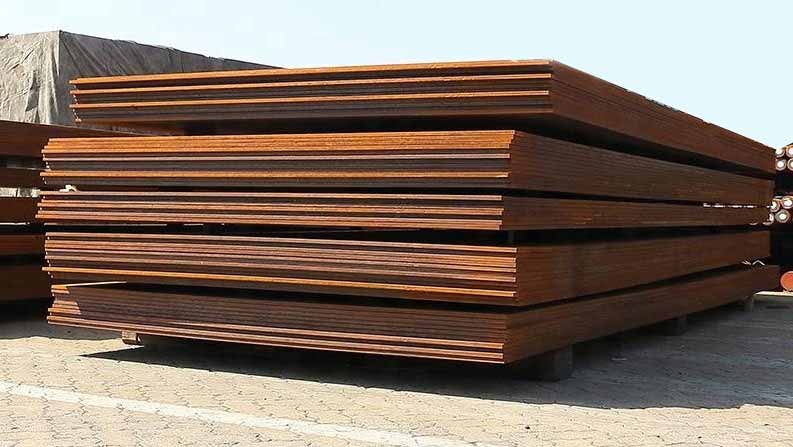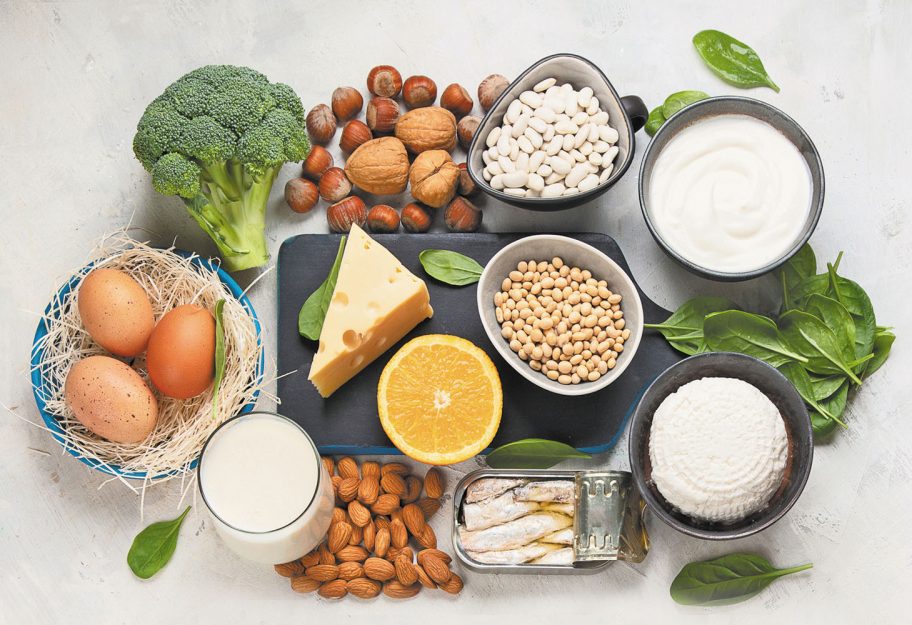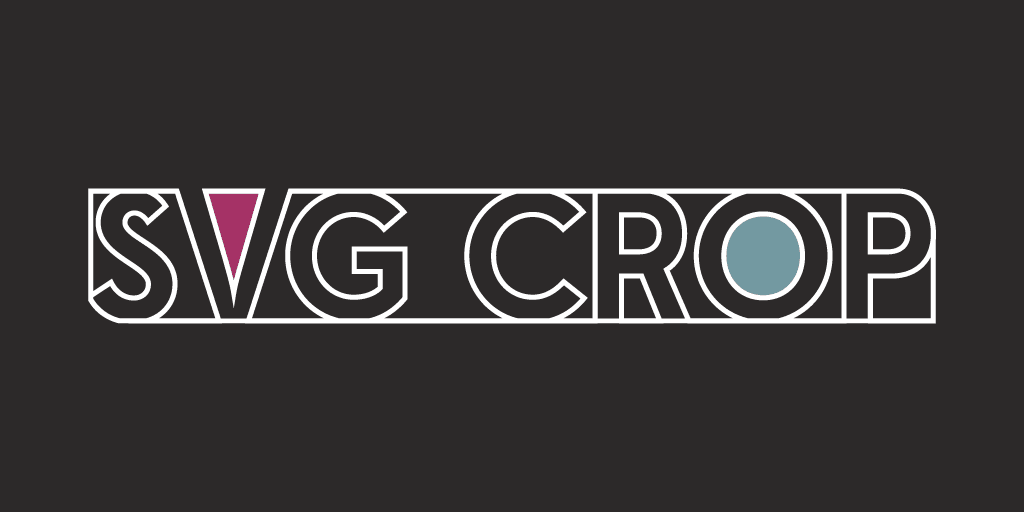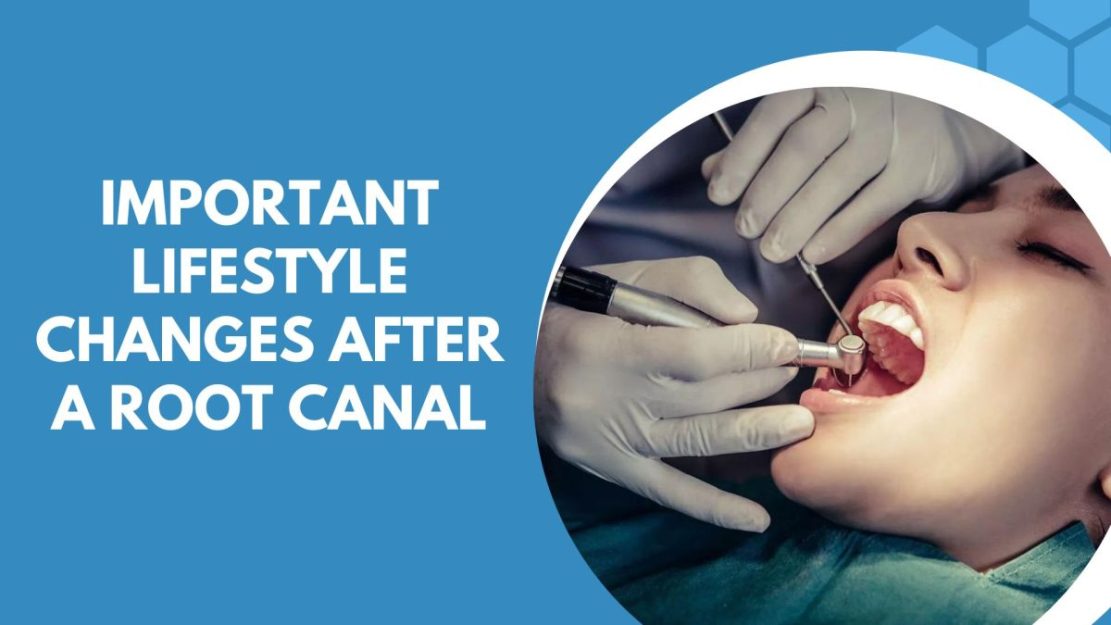Know All About Wear Plates

What are Wear Plates?
Wear plates are steel plates that have been designed to withstand wear and tear caused by abrasion, erosion, and impact. They are available in various types, sizes, and thicknesses to match specific applications. These are constructed using different alloys, each with unique properties that can withstand specific environmental and operational conditions. They can be installed through bolting or welding onto the machinery surface, depending on the type of equipment and application.
Properties of Wear Plates
The properties of these plates set them apart from regular steel plates used in machinery components.
Hardness: Wear Plates are hardened to resist abrasive and erosive wear. This property helps to minimize downtime, prevent repairs and replacements, and improve the service life of industrial components.
Strength: These plates are made of high-tensile strength steel alloys that can withstand impact and heavy loads. This enables them to withstand harsh operating environments, such as mining, construction, and cement industries.
Weldability: They are designed to be compatible with various welding techniques, making them easy to install onto existing worn-out components or new equipment.
Applications of Wear Plates
Wear plates are used in various industries, including mining, construction, agriculture, and cement production.
Bucket and blade protection: On earthmoving and mining machines, they can be used to increase bucket or shovel life, protecting them from wear and failure caused by abrasive materials like rocks and ore.
Crusher liners: Crusher liners are vital in crushing machines since they protect the equipment from wear, damage and tear caused by abrasive and hard materials.
Dump truck beds and hoppers: The high abrasion resistance of these plates makes them perfect for use as truck bed liners, hoppers, and others, as they can withstand heavy materials and loads.
Benefits of Wear Plates
Wear plates are protective components used to reduce the wear, abrasion and impact of equipment and machinery. They are typically made from high-strength alloys such as steel, stainless steel or brass. These materials offer superior toughness, heat resistance and wear resistance, making them ideal for applications such as construction equipment, vehicles and industrial machinery.
The benefits of using these plates include increased durability and reliability in extreme operating conditions. The tough surface of the plate can protect underlying components from abrasive forces and wear caused by friction, which results in longer life spans for machines. Abrasion-resistant surfaces also help to prevent damage to vital components caused by debris or high-velocity particles. Additionally, reduced maintenance costs due to fewer replacement part requirements can result in cost savings over time. Overall, they provide an effective solution for preventing premature wear on machines or components exposed to harsh operating conditions.
In conclusion, these plates are undoubtedly a solution to wear and tear in industrial equipment. Their unique properties make them an ideal candidate for use in high-wear environments. The applications of these plates are vast, ranging from mining, agriculture, construction, and many more. The benefits of using these plates in machinery and equipment are immense, making them a valuable investment for any industrial equipment owner or operator.




